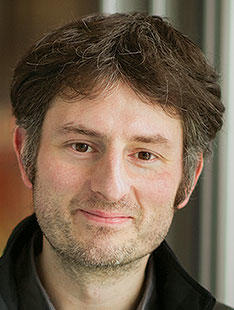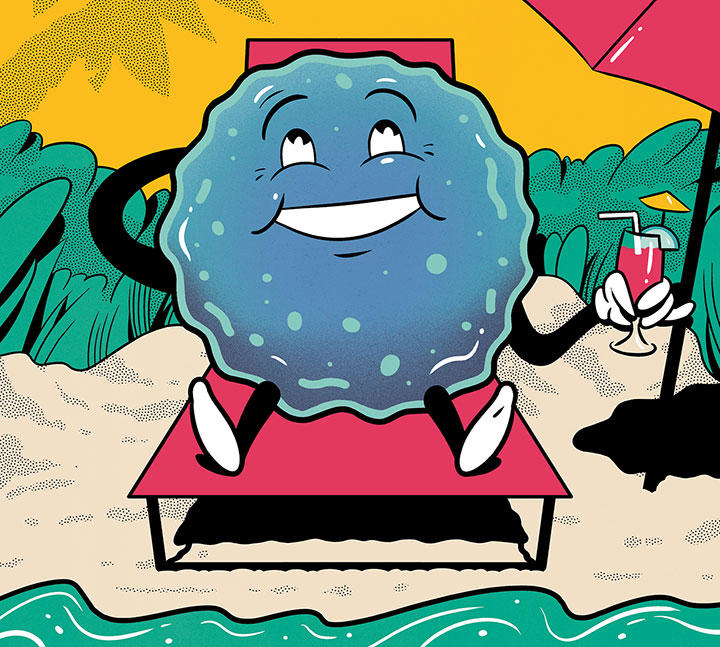Chemistry: Contradiction in Germs
‘Lazy’ microbes reveal their secret drugs when they must work to get nutrients

In 1928, Alexander Fleming discovered penicillin, thanks to a moldy petri dish. Nearly 100 years later, bacteria are fighting back. Infections such as pneumonia have become tougher to treat as germs grow resistant and antibiotics become less effective. But scientists like Princeton’s Mohammad Seyedsayamdost aren’t despairing. In their search for new medications, they’ve realized Fleming was onto something.
Of all the world’s antibiotics, Seyedsayamdost explains, roughly 70 percent originate from substances made by microbes, such as bacteria and fungi. Vancomycin, a heavy-hitting antibiotic for intractable infections, came from a soil bacterium in the Borneo jungle. It isn’t only antibiotics that come from microbial sources — the forerunner of statin drugs for cholesterol came from moldy rice in a Kyoto grain shop.
Microbes are incredible chemists. Genome-sequencing technology can detect molecule-making machinery inside bacteria, and evidence suggests they are capable of making many more substances than scientists have found. There could be more blockbuster drugs from nature to discover. What’s keeping them hidden?
Experts like Seyedsayamdost think petri-dish conditions keep bacteria from reaching their full potential. Petri dishes provide unlimited nutrients and no competition with other species. It’s like vacationing at a resort with all-inclusive food and cocktails. Sure, bacteria could expend the energy to make all manner of exotic molecules, he says. “But why would you do that when you’re sitting on the beach?”
Fleming discovered penicillin when fungi came in contact with bacteria in his culture dish — when there was competition. Seyedsayamdost’s team in the chemistry department set out to mimic natural competition. They exposed bacteria to hundreds of bioactive molecules, including antibiotics. They didn’t give a high-enough dose to kill the bacteria. They gave only enough to annoy the bacteria, much like in the wild, where microbes use chemical signals to communicate. Sure enough, Seyedsayamdost’s bacteria spewed new molecules, some with anti-infective activity. What’s more, his team found genetic gatekeepers that, if removed, might uncover more hidden gems.
Other researchers have complementary strategies to Seyedsayamdost’s. New drugs, however, remain a long way off. “I don’t think the research community has sped up the process of finding antibiotics,” he cautions. “We’ve now accessed a new source.”
He’s eager to apply the technique to fungi next. There’s just one problem. “Once you start growing fungi in your lab, they contaminate everything,” Seyedsayamdost says. “It’s a pain in the neck.” Certainly Fleming himself would relate to that.












No responses yet